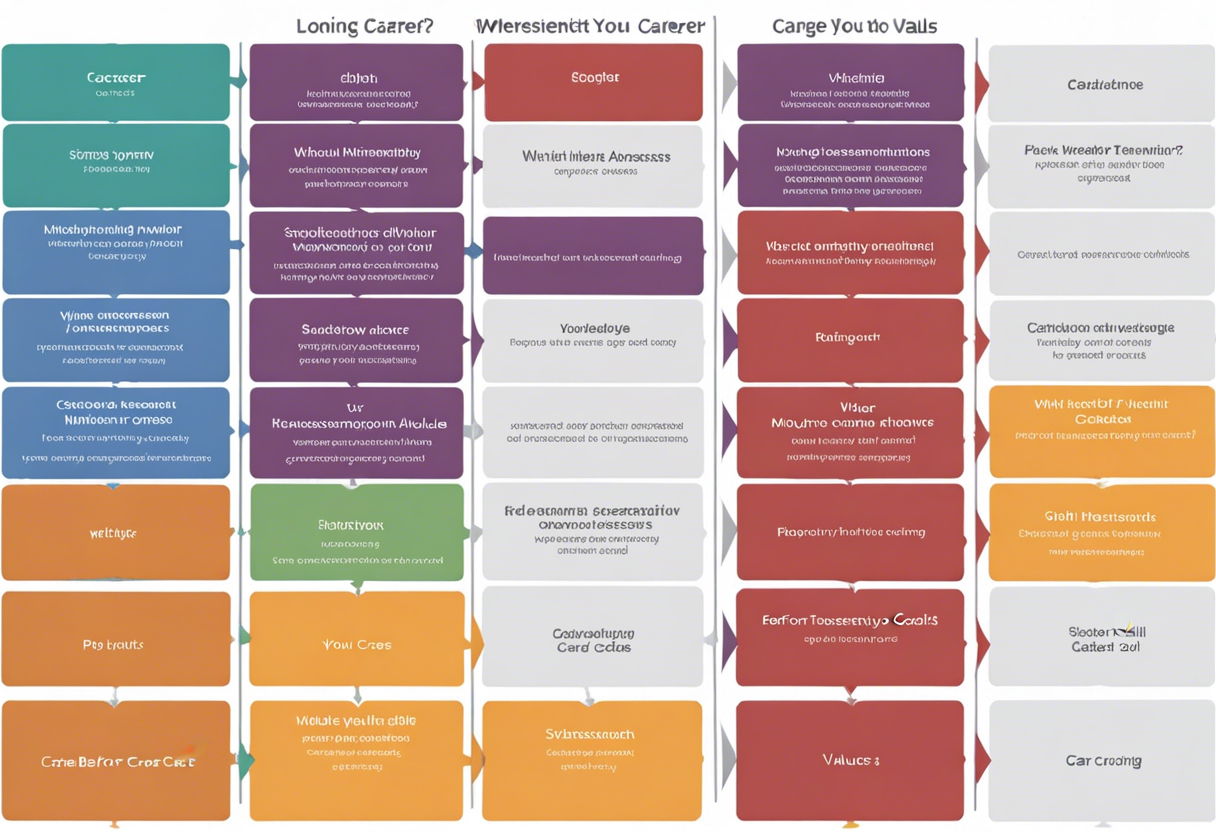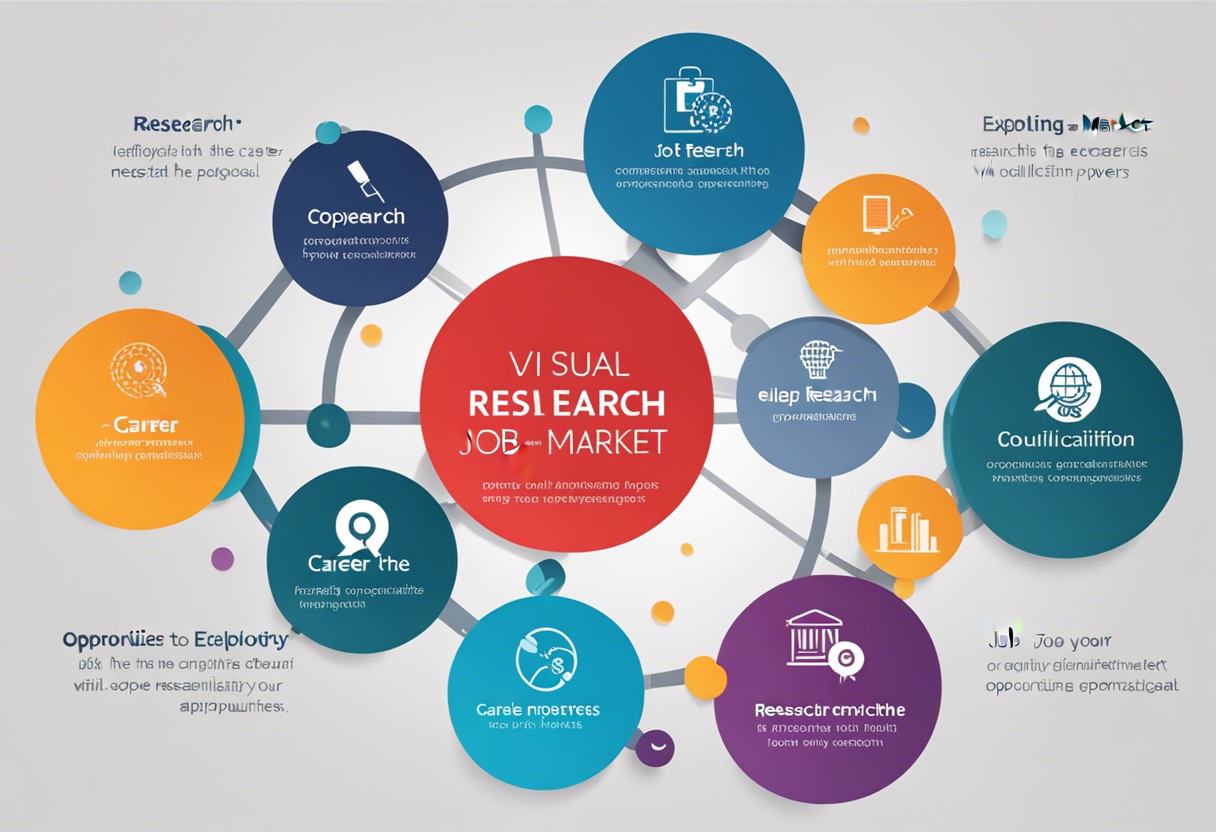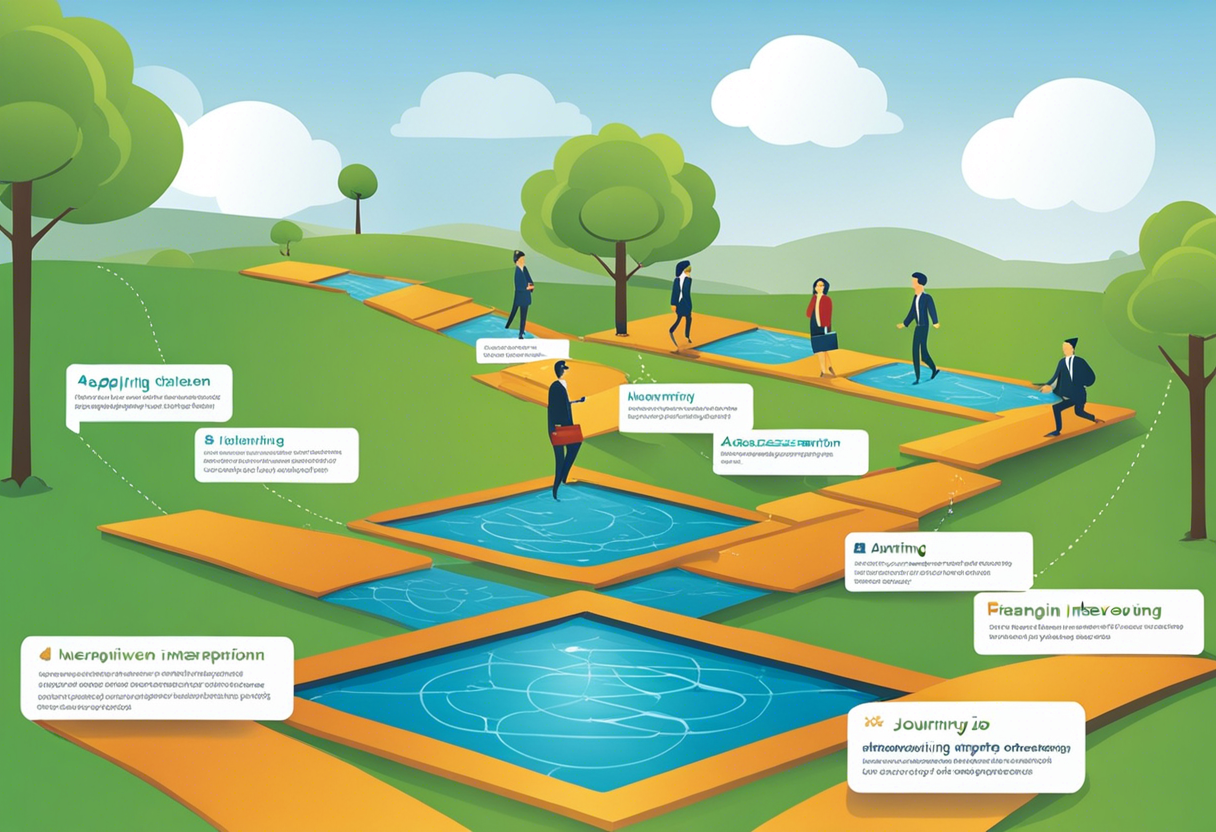Five Stepping Stones to Transition: Mastering the Art of Changing Jobs Effortlessly
The transition from one job to another can often feel like crossing a turbulent river. You're leaving the familiar shores of your current position, with its known challenges and rewards, to venture into the unknown. This journey, though fraught with uncertainty, can also be an opportunity for growth and self-discovery. Mastering the art of changing jobs effortlessly requires a careful approach and strategic planning. This article will guide you through five stepping stones to make your job transition smooth and successful. Each stepping stone represents a crucial stage in your transition process, and understanding each one will help you navigate your journey with confidence and ease.
Self-Assessment: Understanding Your Career Goals

The first stepping stone in your transition journey is self-assessment. Before you can decide where you want to go, you need to understand where you are and what you want from your career. This involves evaluating your skills, interests, and values. What are your strengths and weaknesses? What aspects of your current job do you enjoy, and which ones do you dislike? What are your long-term career goals? By answering these questions, you can gain a clearer picture of your ideal job and make informed decisions about your next steps.
Research: Exploring the Job Market

Once you have a clear understanding of your career goals, the next stepping stone is to research the job market. This involves identifying potential employers, understanding the skills and qualifications they require, and assessing the job market's current trends. You can use various tools for this, including job search websites, networking events, and informational interviews. By conducting thorough research, you can identify opportunities that align with your career goals and develop a strategic plan to pursue them.
Skill Development: Bridging the Gap

After identifying your career goals and understanding the job market, the third stepping stone is skill development. This involves identifying any gaps between your current skills and the qualifications required for your desired job. Once you've identified these gaps, you can take steps to bridge them. This may involve pursuing further education, seeking mentorship, or gaining relevant experience through internships or volunteering. By continually developing your skills, you can increase your marketability and improve your chances of landing your desired job.
Networking: Building Professional Relationships

The fourth stepping stone in your job transition journey is networking. Building professional relationships is crucial in today's job market. It can help you learn about job opportunities, gain insights about your desired industry, and receive recommendations. Networking can involve attending industry events, joining professional organizations, or reaching out to professionals in your field. Remember, networking is not just about taking - it's also about giving. By offering your help and sharing your knowledge, you can build strong, mutually beneficial relationships.
Applying and Interviewing: Making the Leap

The final stepping stone is the application and interview process. This involves crafting a compelling resume and cover letter, preparing for interviews, and effectively communicating your skills and qualifications. This stage can be nerve-wracking, but with thorough preparation, you can approach it with confidence. Remember, each application and interview is a learning experience. Even if you don't get the job, you can gain valuable insights that can help you improve for the next opportunity.
Transitioning from one job to another is a journey that involves careful planning, self-assessment, research, skill development, networking, and thorough preparation for the application and interview process. By understanding and navigating these stepping stones, you can master the art of changing jobs effortlessly and set yourself up for success in your career.







